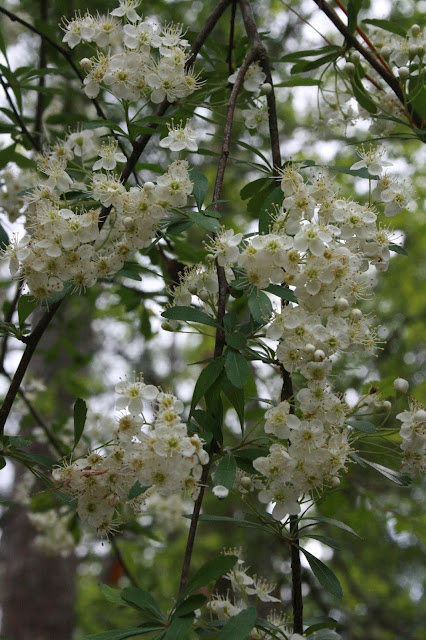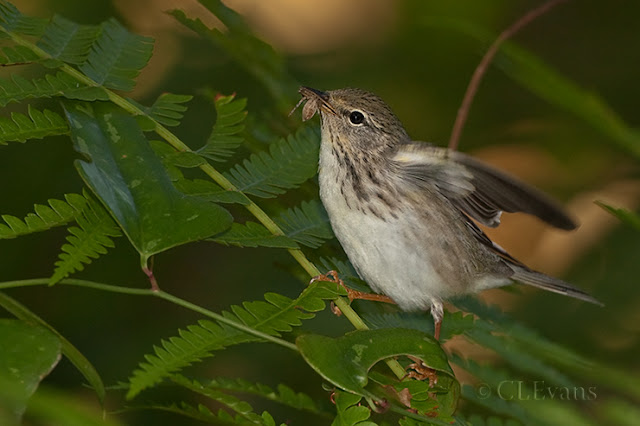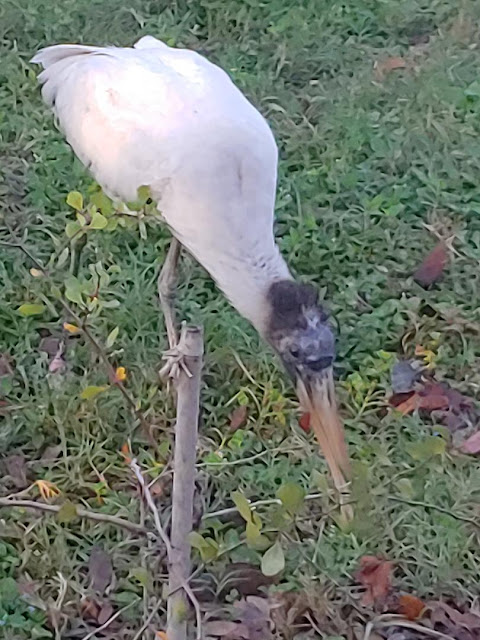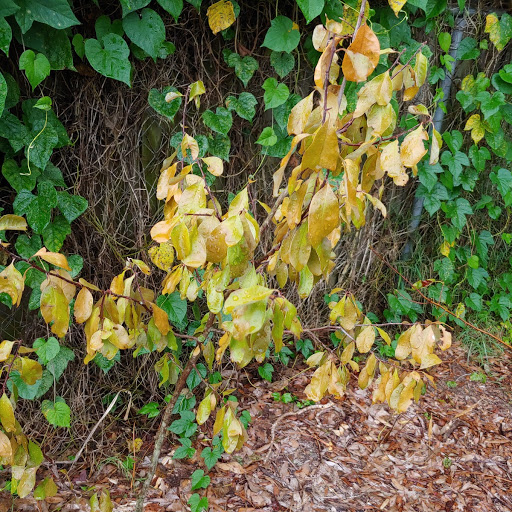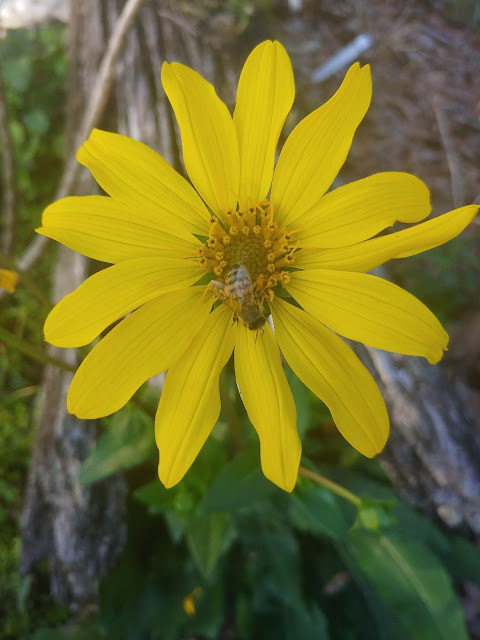My "Messy" Winter Garden
My wildflower garden - January 30 Another section There is a prevailing gardening myth about keeping a garden tidy. You shouldn't - at least not through the winter months. Folks that "deadhead" the spent flower stalks of the their wildflowers and trim back the dead leaves of their grasses are not doing it to help their plants, and doing so dramatically reduces the winter habitat required by a great many species of wildlife. I'm sure that some of my neighbors drive by my house (as this garden is in my front yard) and wonder when I will "clean" this up. The answer is not anytime soon. Even though it is relatively warm here, the vast majority of my pollinators are taking a winter break. Nearly all of my butterflies are too. The winter-resident migratory birds are looking for food and part of their diet at this time of year is seeds - as well as whatever invertebrates they can find in the leaf litter and dead stems. This wildflower area may not look as
